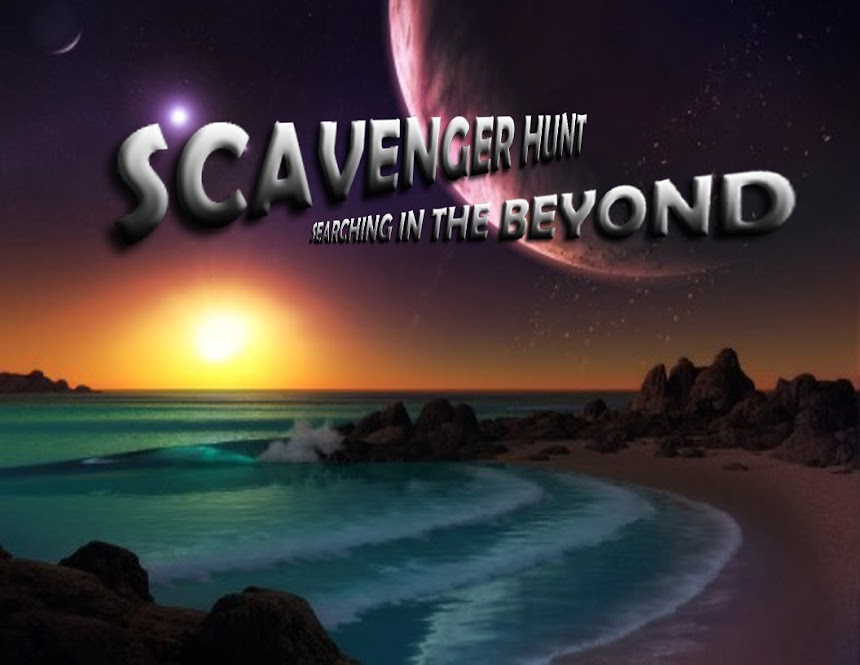Venus is the second planet from the Sun, orbiting it every 224.7 Earth days. The planet is named after Venus, the Roman goddess of love and beauty. After the Moon, it is the brightest natural object in the night sky, reaching an apparent magnitude of −4.6, bright enough to cast shadows. Because Venus is an inferior planet from Earth, it never appears to venture far from the Sun: its elongation reaches a maximum of 47.8°. Venus reaches its maximum brightness shortly before sunrise or shortly after sunset, for which reason it has been known as the Morning Star or Evening Star.
Venus is classified as a terrestrial planet and it is sometimes called Earth's "sister planet" due to the similar size, gravity, and bulk composition. Venus is covered with an opaque layer of highly reflective clouds of sulfuric acid, preventing its surface from being seen from space in visible light. Venus has the densest atmosphere of all the terrestrial planets in our solar system, consisting mostly of carbon dioxide. Venus has no carbon cycle to lock carbon back into rocks and surface features, nor does it seem to have any organic life to absorb it in biomass. A younger Venus is believed to have possessed Earth-like oceans, but these evaporated as the temperature rose. Venus's surface is a dusty dry desertscape with many slab-like rocks, periodically refreshed by vulcanism. The water has most likely dissociated, and, because of the lack of a planetary magnetic field, the hydrogen has been swept into interplanetary space by the solar wind. The atmospheric pressure at the planet's surface is 92 times that of the Earth.






